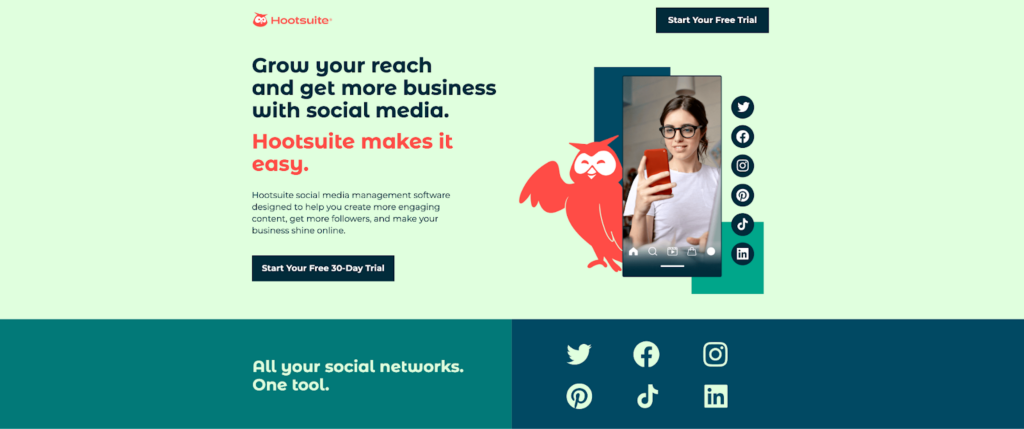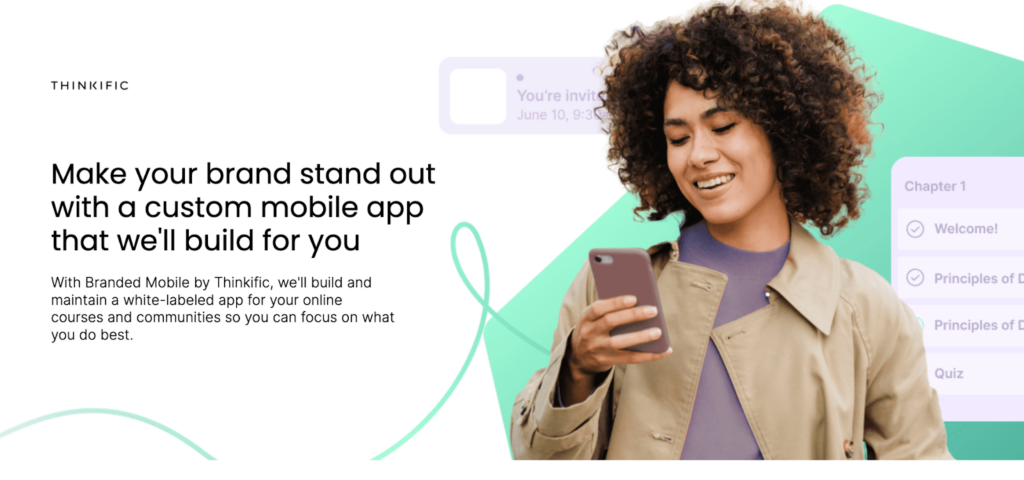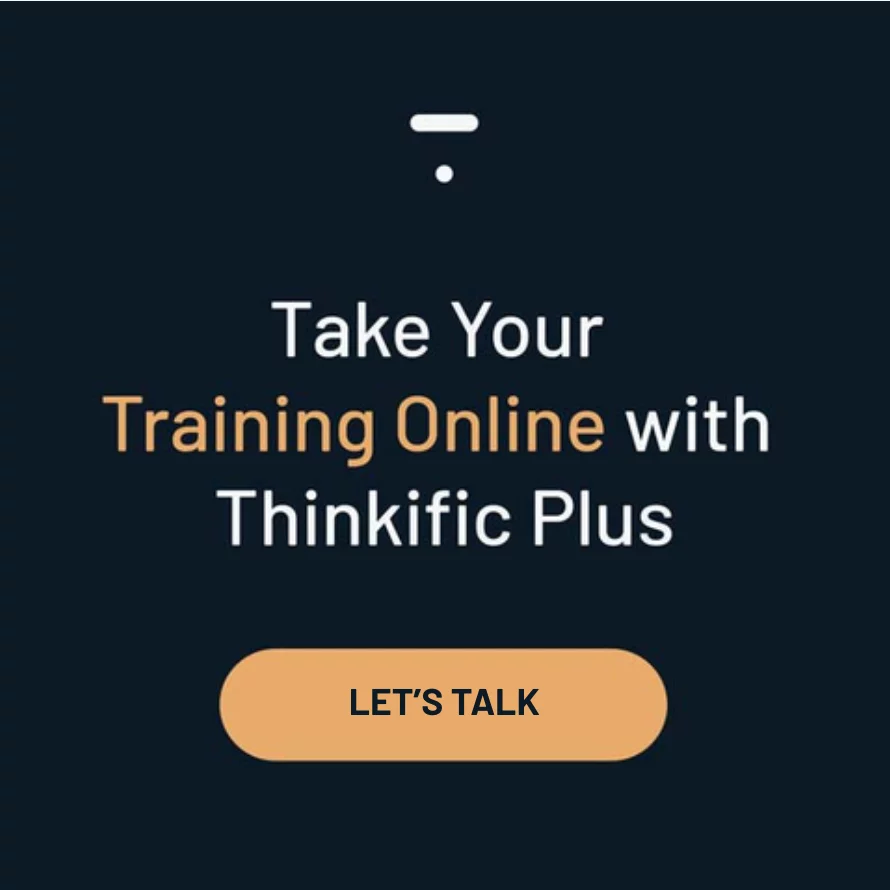In an increasingly competitive marketplace, getting customers to purchase your product or service is only half the battle. Getting them to continue to use it—a process known as product adoption—is equally, if not more, important for your business’ success.
Matt Diggity, CEO & Co-Founder of Diggity Marketing, likens product adoption to the infamous title of the “middle child.” “Product adoption is like the middle child of your digital marketing strategy. You’re spending all this energy getting your product or service in the ring (product development) and making sure people know about it (marketing), but if you’re not getting it adopted, well, you’re leaving money on the table.”
We’re sure you don’t want to leave money on the table, which makes “How to increase product adoption?” a natural follow-up question. In this article, we’ll start with what product adoption is and guide you through seven actionable strategies and tips to optimize your product adoption process. Let’s get started!
Skip ahead:
What is product adoption?
Customer acquisition and product adoption are fundamentally different processes. But to fully understand product adoption, you have to understand both.
Customer acquisition is all about driving potential customers to your product. On the other hand, product adoption elevates your relationship with your customers from customer-provider to partnership status.
Product adoption is a five-stage process through which customers learn about and adopt your offering, becoming educated and committed users.
The five stages of product adoption are:
- Awareness – Here, customers become aware of your product or service and its potential value. For example, a web visitor clicks on one of your landing pages.
- Interest – In this stage, customers express interest in your offering. They may do this by viewing content on your social channels, reading about your offering on your blog, or accessing gated content like online courses, ebooks, and webinars.
- Evaluation – Customers weigh your offering against your competitor’s services or products, considering your potential to solve their problem(s). In this stage, you must ensure you have content that helps customers objectively compare your product or service to others on the market.
- Trial – In this stage, customers try your product. This includes first-time purchases, free trials, and freemium models.
- Adoption – This represents the customer’s complete acceptance and continued use of your offering—the end goal in learning how to increase adoption of a product.
6 Strategies to increase product adoption
With a solid grasp of product adoption, it’s time to pivot to how to increase it. Here are six actionable strategies, with expert insights, that will help you improve product adoption.
Create and deploy a clear and compelling value proposition
Increasing your product adoption begins with creating a clear and compelling value proposition. Your value proposition aims to inform potential customers about the unique benefits of your offering, helping customers to understand why they should choose you over your competitors.
Your value proposition should answer three critical questions:
- Who do you help?
- What do you help them do?
- Why is that beneficial for them?
Take Hootsuite, for example. They’ve taught over 450,000 students and increased their product adoption using Thinkific Plus.
After visiting this page, readers can answer who Hootsuite helps (businesses), what they help them do (create engaging content, get more followers, and make their business shine), and why it’s beneficial (companies can grow their online reach and business).
Your company’s value proposition plays a foundational role in each of the five product adoption stages. But the stage where it must shine the most is the awareness stage.
If potential customers consume web content designed to inform them of your offering but fail to learn what you can help them accomplish and why that’s beneficial for them, they’ll move on to your competitors.
This is where knowing your users is essential. Referring to your ideal customer profiles (ICPs) and buyer personas can help you highlight the values your target market values most, making sure the only question potential customers have about your business is, “Where can I learn more?”
This brings us to the next strategy.
Create a personalized experience with targeted marketing and communication
Buyer personas, or user or customer personas, are a comprehensive profile of your ideal buyer. Depending on your company’s size, strategy, and goals, you may have one or more buyer personas. Regardless of how many you have, they all have a few things in common; user personas are based on real info describing the customer’s demographic and psychographic data, their goals, and what’s driving them to your solution.
Deeply understanding your buyer with the help of buyer personas is the first step to creating a personalized experience and targeting your marketing and communication efforts with precision. These personas aren’t meant to only reside in the C-suite with your top executives; educate your entire company about them, from the CEO and CMO to your sales, marketing, and customer success teams.
When you arm everyone with this valuable information, marketing teams can use buyer personas to craft marketing content that targets the ideal buyer. The sales team can appeal to problems potential customers are facing because their leads are qualified and warm. And customer success can help internal teams and customers with common barriers to adoption because they deeply understand the problems your customers face.
Streamline your onboarding process
In B2B sales, time to value is the time it takes for your offering to become valuable to the customer. The value your customer sees in your offering decreases as the time to value increases. This makes a smooth and efficient onboarding process critical for product adoption.
“Onboarding is not about teaching users every feature your product has. It’s about showing them the quickest path to value.”
–Kyle Roof, Founder of High Voltage SEO
When onboarding processes are slow and unsuccessful at keeping users engaged or don’t adequately educate the user on your offering, they’re likely to become frustrated, face challenges, and fail to adopt the product or service completely. That can cause a drop in adoption rates—the opposite of our goal of learning how to increase adoption of a product.
A product that isn’t adopted is a waste of company resources, namely time and money. So how can you avoid that? Use these 5 tips to streamline your onboarding process.
- Engage your customers with a diverse array of content, like video content, webinars, and live training. Your goal is to keep the customer focused and interested in learning how to implement your product or service.
- Alleviate bottlenecks. If a team in your company or organization notices a problem in your onboarding process, work to resolve it. This could include employee resistance, lack of integration opportunities, poor user experience, or lack of visible value.
- Utilize customer education. We’ll explore this more in strategy number five. For now, you should know comprehensive customer education can help resolve some issues that may create bottlenecks, poor engagement, or excessive customer support tickets. Customer education may include online course programs, step-by-step guides, or tutorials on how to adopt new product features.
- Streamline processes. Processes like checkout, installation, and customer support can create speed bumps for customer education and product adoption. Ensuring prompt and effective customer support and clear installation/implementation instructions can help streamline specific processes that would otherwise slow adoption. Adding a space for customer feedback can also help you find areas to improve.
- Support your customers with a range of support options. Customer support is more than a simple chatbot or email address. Customer support options like online education programs, FAQ sections, resource libraries, and more can help your customers answer their questions quickly and give your customer support team more time to help those experiencing more urgent issues.
Encourage feature adoption
The fourth strategy in learning how to increase adoption of a product is to encourage feature adoption. While product adoption as a whole is important, feature adoption takes this global strategy and focuses on the more granular features.
It’s unlikely you’ll include every feature in your product or service in your onboarding process. This is especially true for complex products. You’ll also develop your offering as time passes, adding and removing features as you see fit. This means that educating your customers on existing, changes, or new features is important in your larger customer education strategy.
“Don’t just present features to your users. Show them how these features solve their problems. Use case studies, video tutorials, webinars, and other educational content to help them understand.”
–Kyle Roof, Founder of High Voltage SEO
For features that aren’t critical to your offering or don’t directly increase time to value, ensure you offer supplementary education materials like an FAQ section, a webinar, or a step-by-step guide so customers can learn about it as needed.
Treat new features and feature enhancements like mini product launches. For example, Vimeo recently added AI-powered tools to its longstanding video hosting and sharing platform. In addition to press buzz about these new features, Vimeo has begun adding customer support materials and landing pages for its new suite of AI tools.
Another example is Thinkific Branded Mobile. We recently launched a brand new and long-awaited feature for our Thinkific Plus users—a mobile app that lets you bring your online education programs to learners on the go.
Looking to retain customers and keep them engaged with your product or service?
This mini-course is an actionable and proven method to increase customer expertise, reduce churn, and optimize your customer success in 5 days.
To help you in your journey, we’ve packed even more practical strategies, expert tips, and real-world examples into an eBook that will empower you to increase product adoption and maximize customer engagement.
Whether launching a new product or seeking to enhance adoption for an existing one, this guide has everything you need! Download now and unleash the key to unlocking your product’s full potential.








